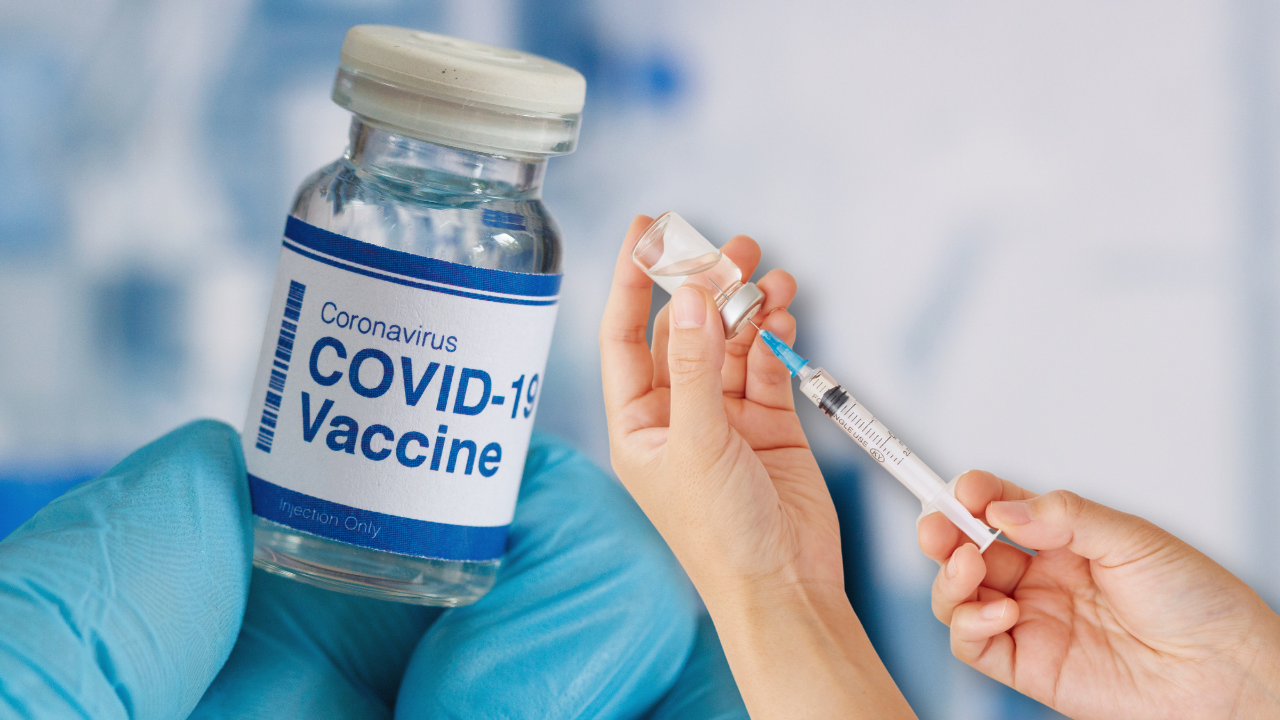CDC Changes COVID Vaccine Recommendation: People Should Consult Doctors Before COVID Shot

(Credit-Canva)
SummaryNew COVID vaccine recommendations have been released by the Centers for Disease Control and Prevention. This has been a big point of conversation as the discourse over who needs the vaccines and booster shots continues. Here is what the recommendations say about ‘vaccine choice’ and how this may affect future vaccinations.
End of Article
